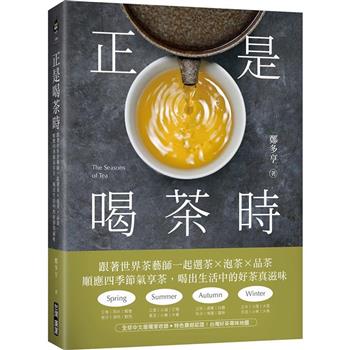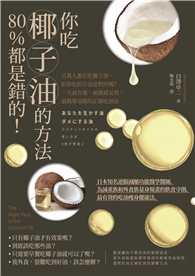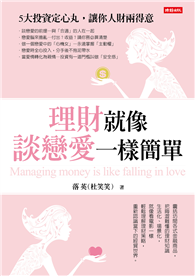| FindBook |
有 1 項符合
Sesame and Lilies的圖書 |
 |
Sesame and Lilies 作者:John Ruskin 出版社:Neeland Media LLC 出版日期:2009-12-15 語言:英文 |
| 圖書館借閱 |
| 國家圖書館 | 全國圖書書目資訊網 | 國立公共資訊圖書館 | 電子書服務平台 | MetaCat 跨館整合查詢 |
| 臺北市立圖書館 | 新北市立圖書館 | 基隆市公共圖書館 | 桃園市立圖書館 | 新竹縣公共圖書館 |
| 苗栗縣立圖書館 | 臺中市立圖書館 | 彰化縣公共圖書館 | 南投縣文化局 | 雲林縣公共圖書館 |
| 嘉義縣圖書館 | 臺南市立圖書館 | 高雄市立圖書館 | 屏東縣公共圖書館 | 宜蘭縣公共圖書館 |
| 花蓮縣文化局 | 臺東縣文化處 |
|
|
圖書介紹 - 資料來源:樂天KOBO 評分:
圖書名稱:Sesame and Lilies
In his day, John Ruskin (1819-1900) held the power to make or break artists with his critical reviews. He served as benefactor to many artists, and was a huge supporter of the Pre-Raphaelite movement. Ruskin still to this day has many schools named after him, including the fine arts program, Ruskin College, at Oxford, his alma mater. His legacy holds the titles poet and artist as well, as he wrote works that were very popular during his lifetime, and remain relevant today. One of the artists to which John Ruskin was a patron was the skilled watercolorist Louisa, Marchioness of Waterford. Louisa's daughter, Rose la Touche, was the inspiration for "Sesames and Lilies". Ruskin met Rose when she was just ten years old, and grew completely enamored of her. He proposed to her when she was just seventeen, but was ultimately rejected; an event that many scholars agree caused his mental disintegration. "Sesames and Lilies" is an articulation of Ruskin's societal views, encouraging women to recognize their most important role: to morally guide men, and embrace that position.
|











